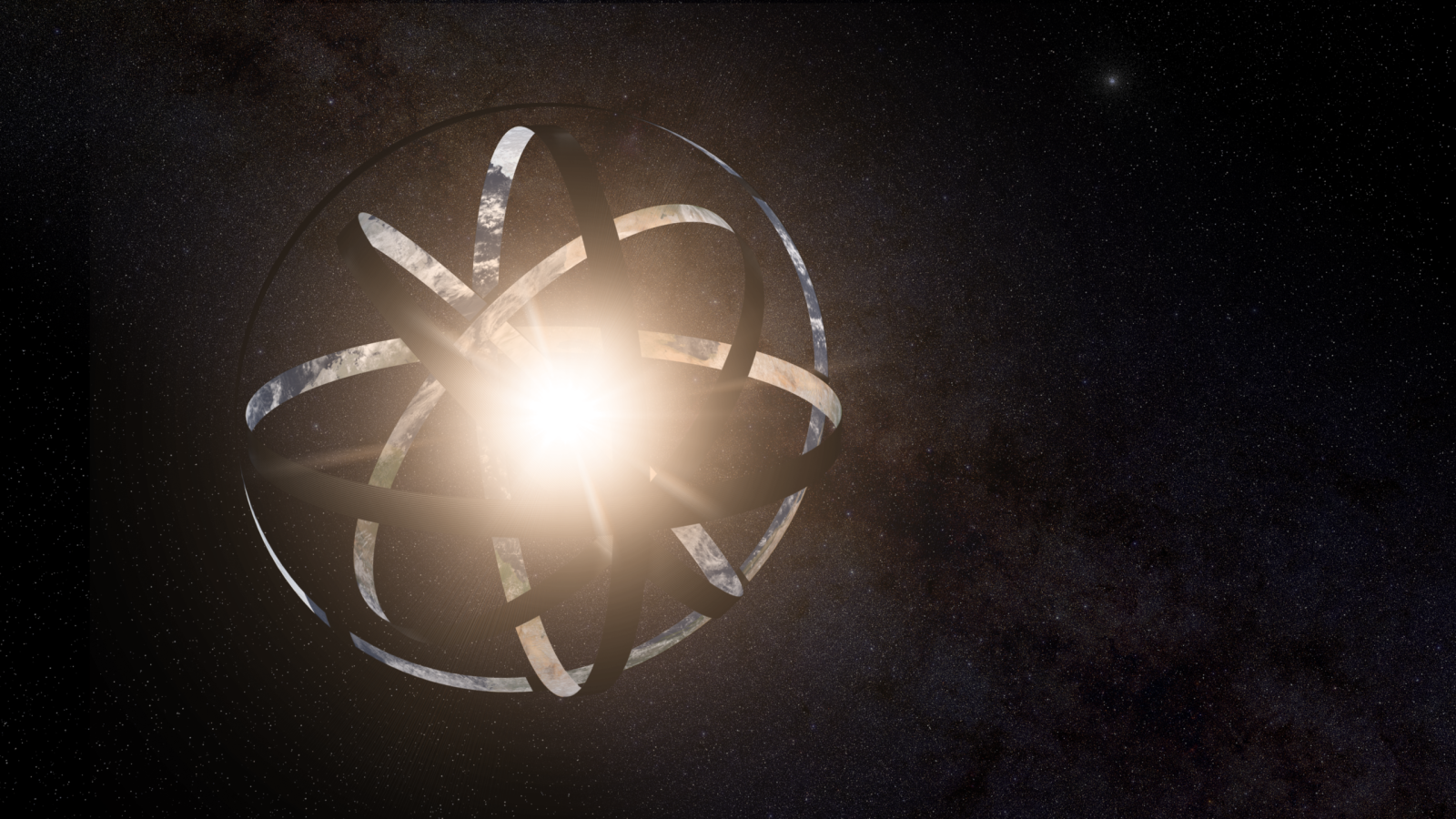Follow us on Google News (click on ☆)
Boyajian's Star has defied usual explanations. Unlike typical luminosity decreases caused by the passage of exoplanets, the observed reductions in brightness here were irregular and significant. This anomaly led some to contemplate the existence of an "alien megastructure" such as a Dyson Sphere, a fascinating hypothesis that proved to be unlikely. Ultimately, the most accepted explanation is the presence of dust around the star.
What makes this discovery particularly interesting is the role played by citizen scientists. Without their active participation, this phenomenon might have been overlooked. This collaboration underlines the importance of public participation in scientific research.
Today, the research team, led by Daniel Giles from the SETI Institute, turns to artificial intelligence to analyze data from NASA's TESS satellite. The goal is to identify similar anomalies in the brightness of other stars. This powerful tool could reveal as-yet-unknown phenomena in our cosmos or even technosignatures.
Despite technological advancements, the human eye remains an invaluable tool in this quest. The interaction between artificial intelligence and human analysis provides a new dimension to astronomical research.
This research on Boyajian's Star and similar phenomena opens doors to future discoveries. As we continue to gaze at the stars, the collaboration between technology, science, and human engagement continues to shape our understanding of the Universe.
Dyson Sphere: A Hypothetical Stellar-Scale Structure
The Dyson Sphere is a fascinating scientific concept that borders on science fiction yet is based on solid physical principles. First imagined by British astrophysicist and mathematician Freeman Dyson in 1960, this idea falls into the category of hypothetical megastructures.
The Dyson Sphere is envisioned as a massive artificial structure that would completely surround a star. The primary goal of this structure would be to capture a large portion or all of the energy emitted by the star. In theory, an advanced civilization could construct such a sphere to meet its growing energy needs, thus exploiting stellar energy to its maximum.
In popular culture and science fiction, the Dyson Sphere is often portrayed as a solid shell, though this representation diverges from Dyson's ideas. Dyson's original design did not describe a solid shell but rather a swarm of structures orbiting around the star, each collecting energy and transmitting it to the civilization that created it. This configuration would avoid the problems associated with the stability of a rigid shell.
In reality, constructing such a structure would represent a colossal technological and material challenge, well beyond our current capabilities. The concept of the Dyson Sphere remains a source of inspiration in the search for clues about the existence of advanced extraterrestrial civilizations. Astronomers sometimes use this concept to explain unusual astronomical phenomena, though, so far, no concrete evidence of its existence has been found.
